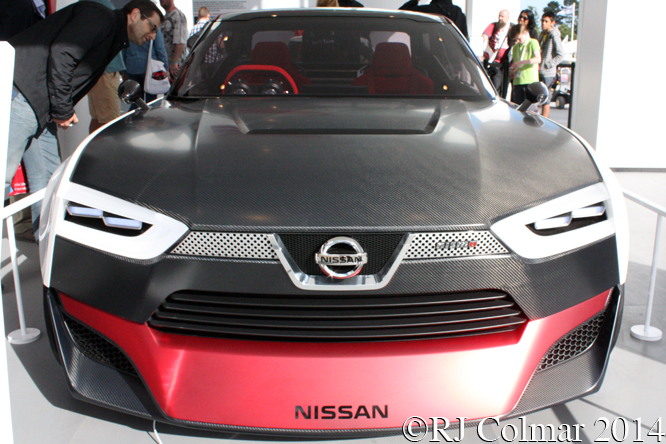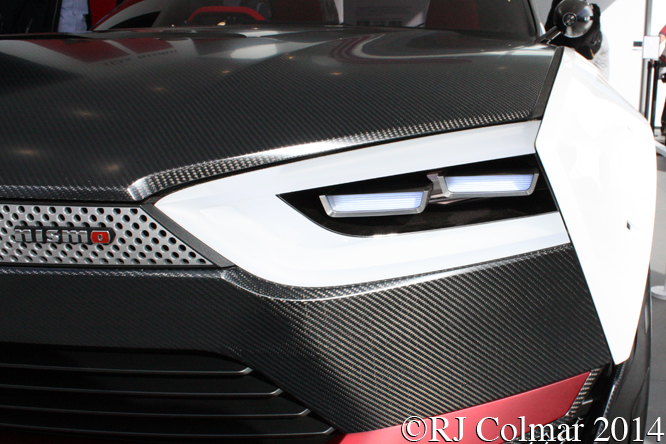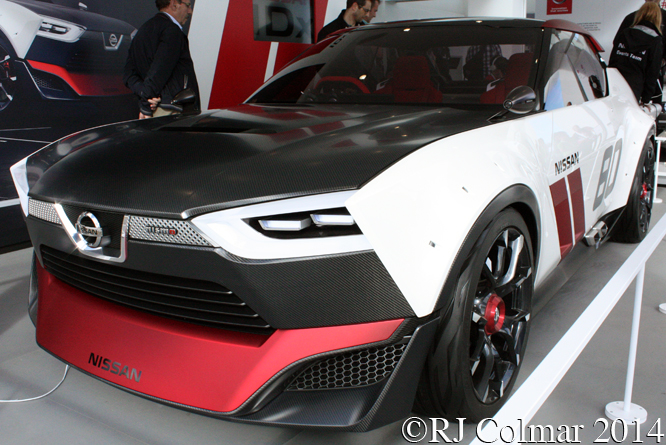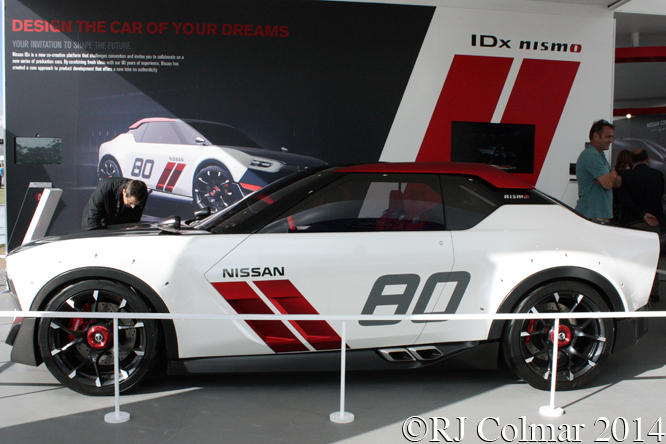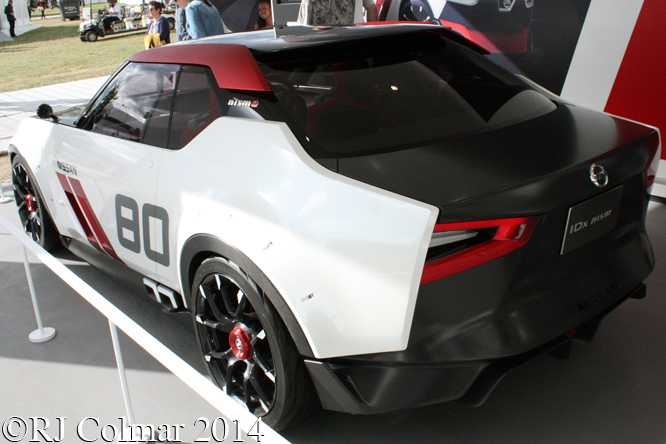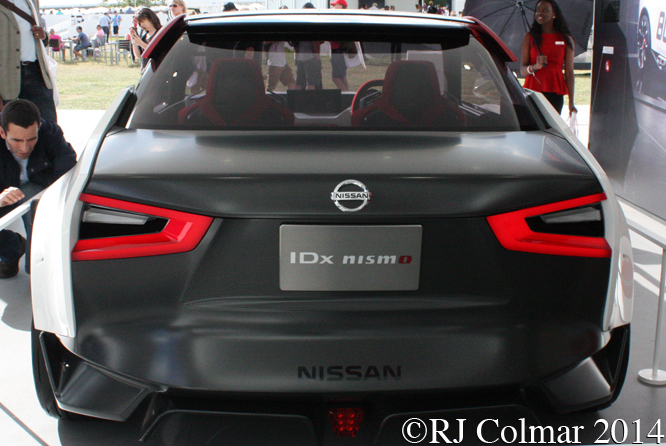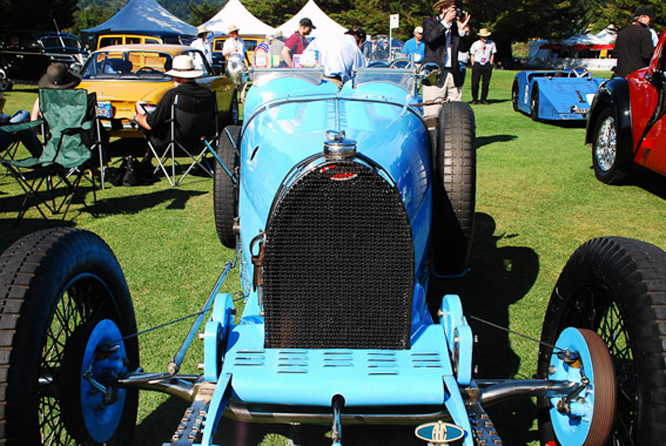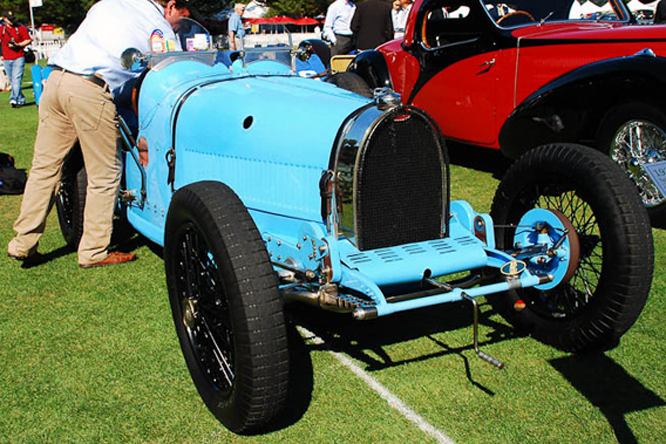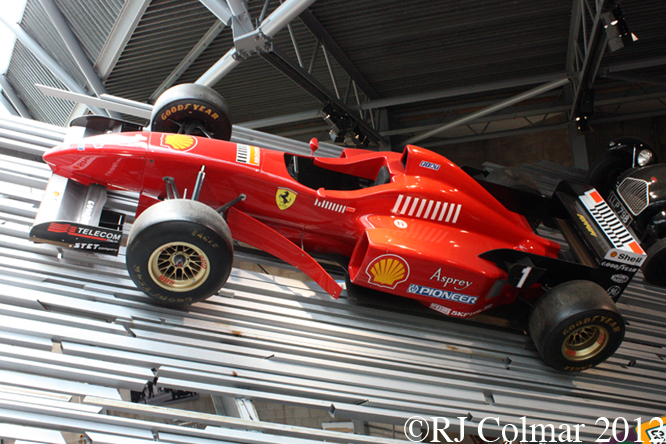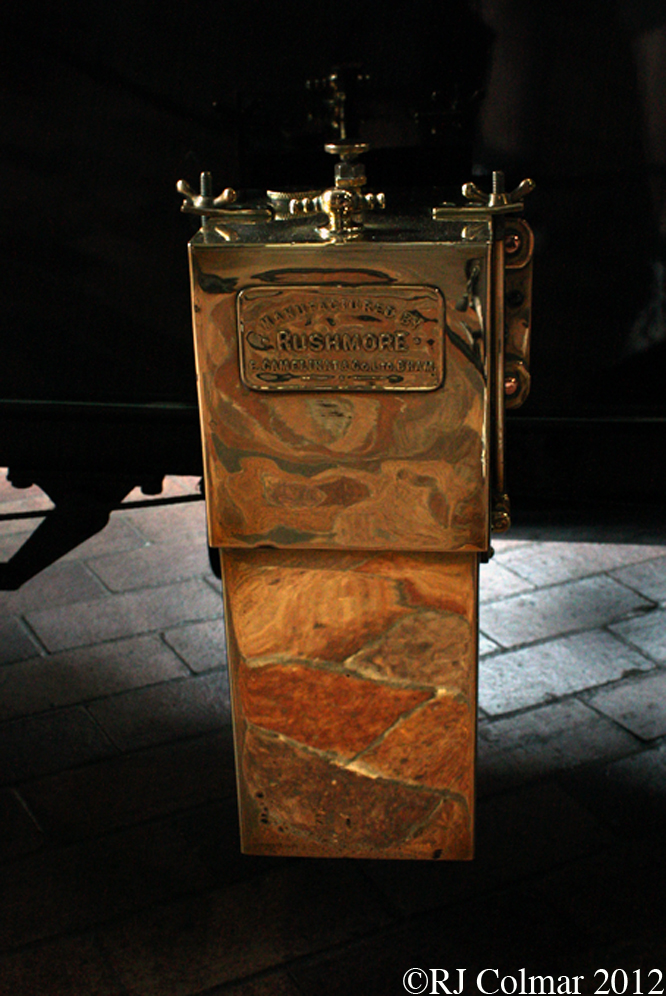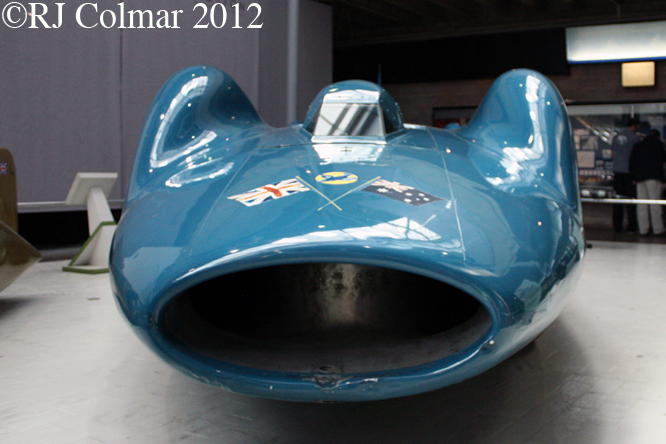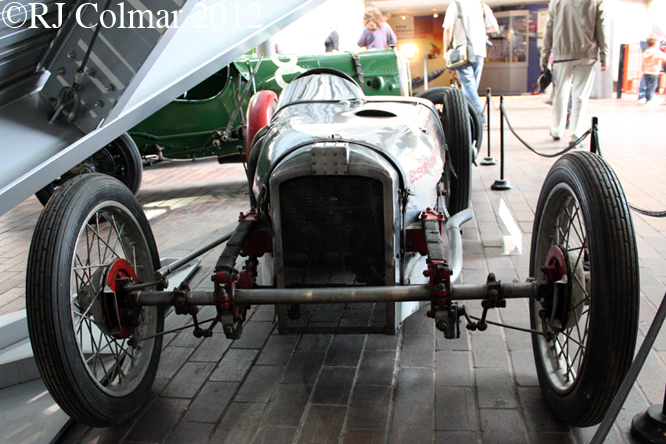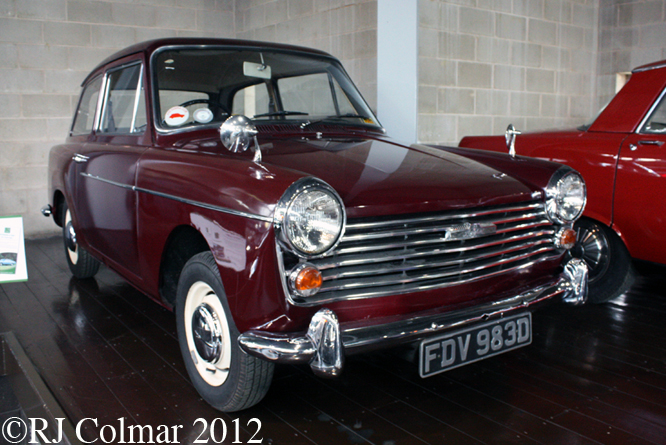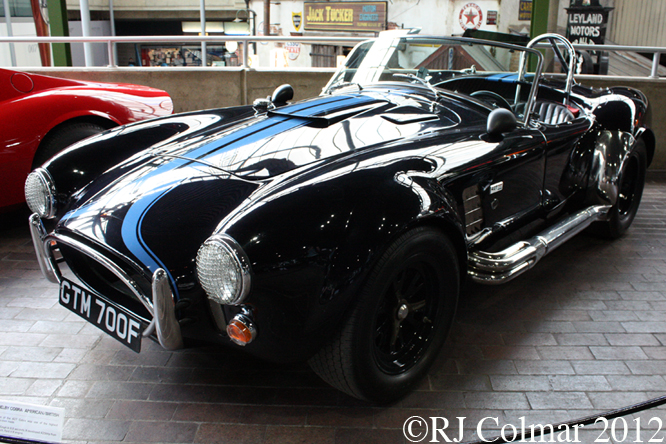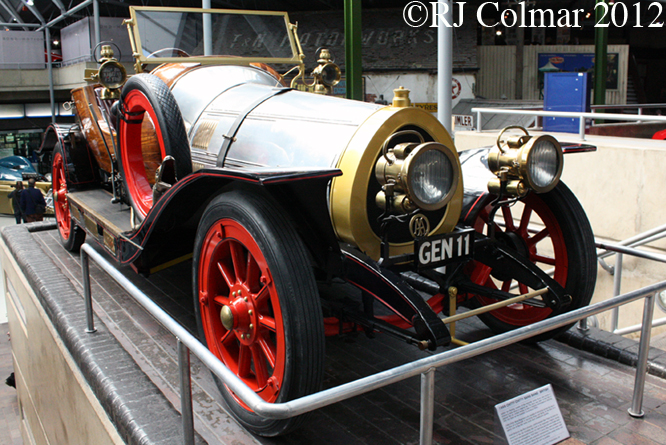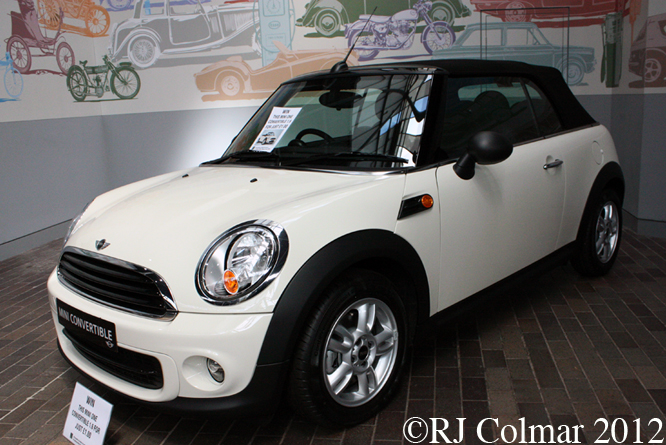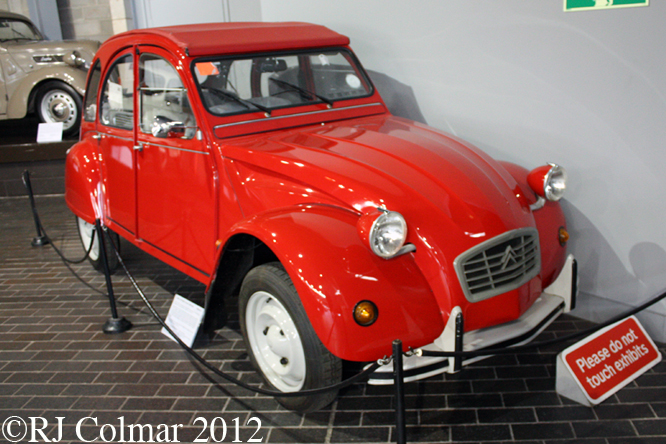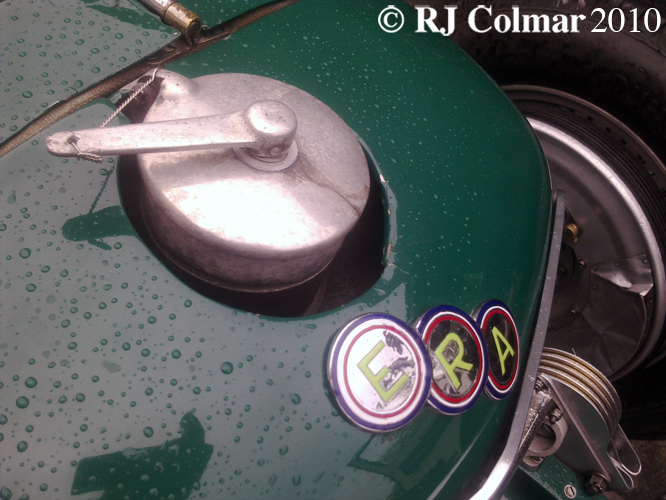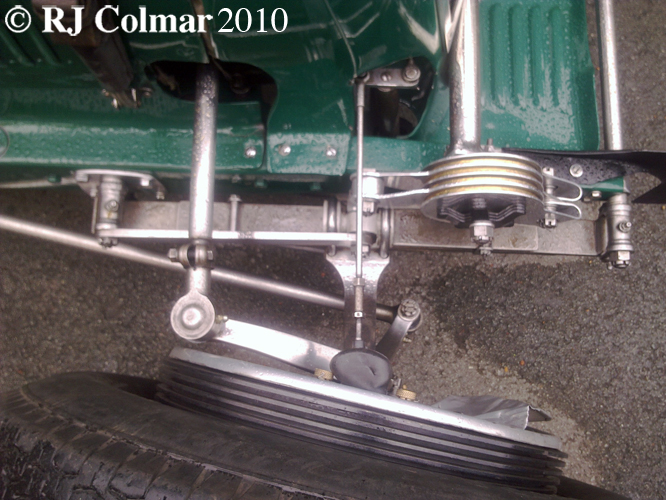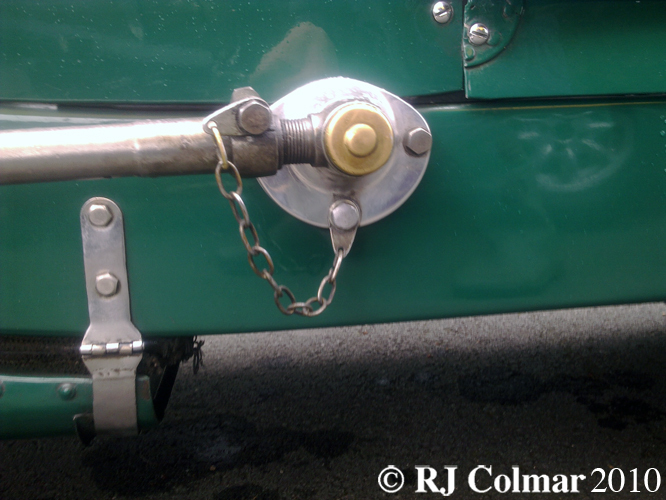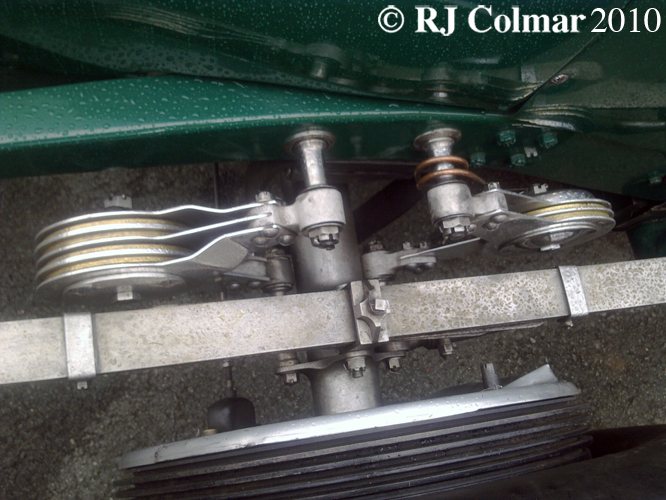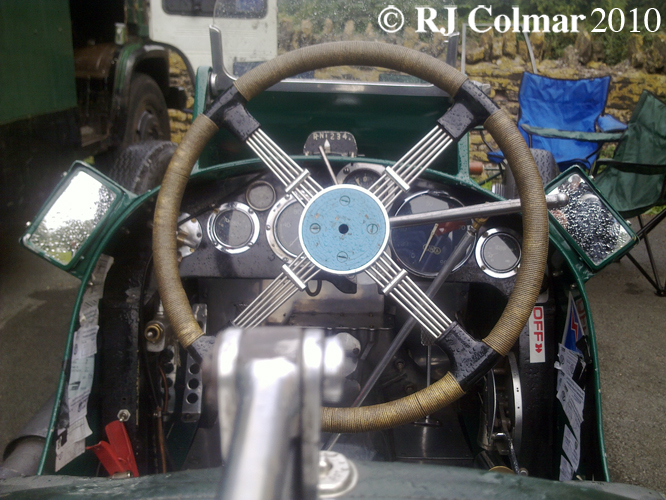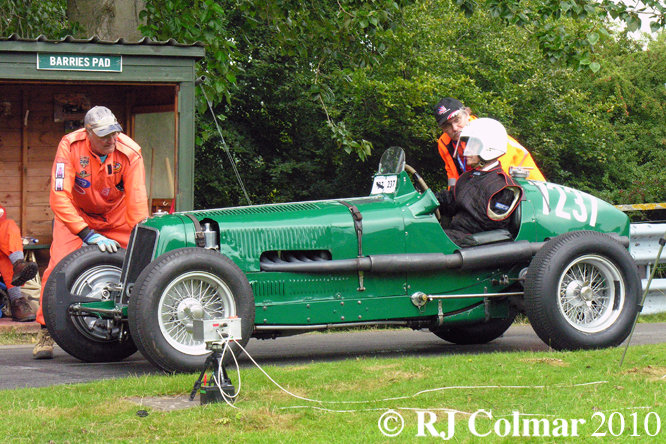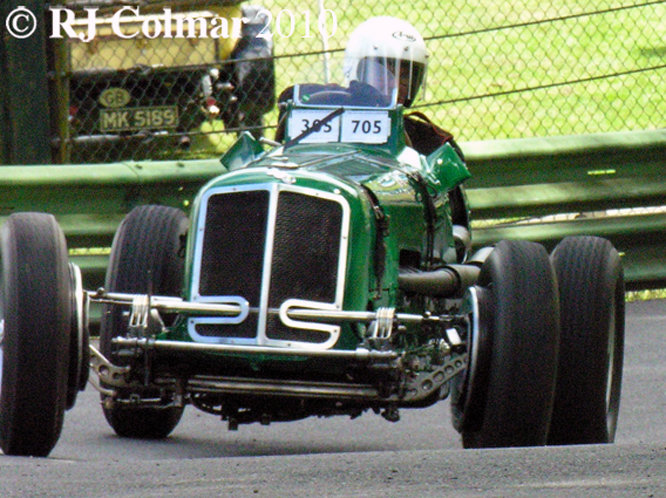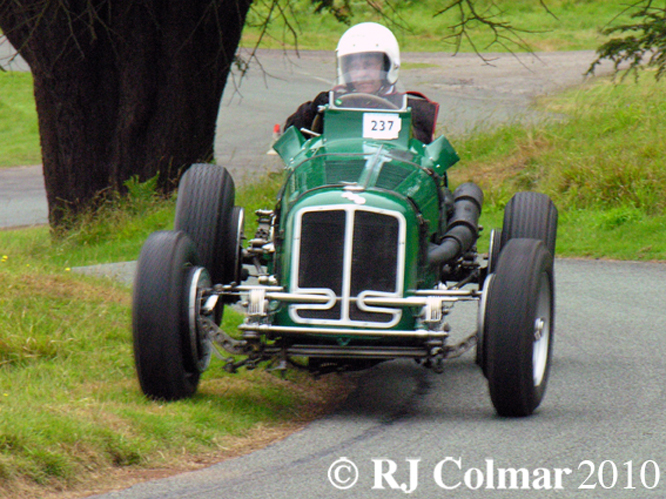Between 1955 and 1964 Donald Campbell, son of Sir Malcom, set 6 World Water Speed records in the remarkable jet powered hyroplane Bluebird K7.
Equally remarkably during much of this time Donald was also raising the funds for todays featured Bluebird-Proteus CN7 for an attack on the 394 mph land speed record which had been set by John Cobb driving the Railton Mobil Special in September 1947.
After Donald had set a new water speed record of 202 mph with his K7 hydroplane he asked it’s designers Lew and Ken Norris if they would like to design and build today’s featured record breaking car.
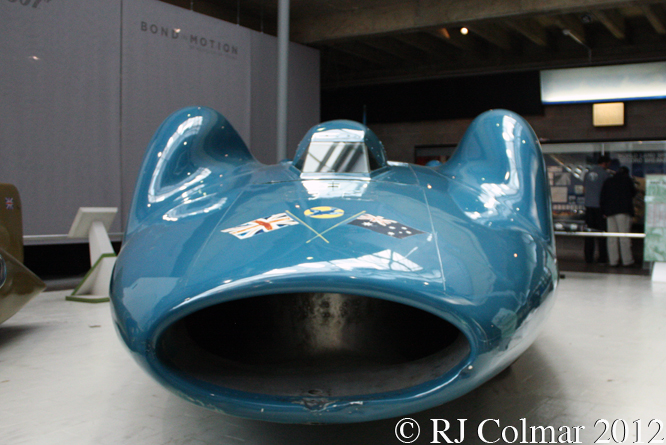
The Norris brothers set about devising possibly the worlds most sophisticated motor vehicle with a monocoque chassis housing a modified 4,450hp Bristol-Siddeley Proteus turbo prop motor that delivers power through two gearboxes to the front and rear axles which in turn drive the independently sprung 52 inch Dunlop wheels.
The Norris Brothers and many since anticipated that the Bluebird Proteus CN7 would be capable of 500 mph.
Despite the cars front wheels having only a 4 degree turning angle Donald Campbell gave the CN7 it’s first public outing at Goodwood in 1960 managing a couple of demonstration laps. With the engine running at idling speed it still managed to reach 100 mph on the straight.
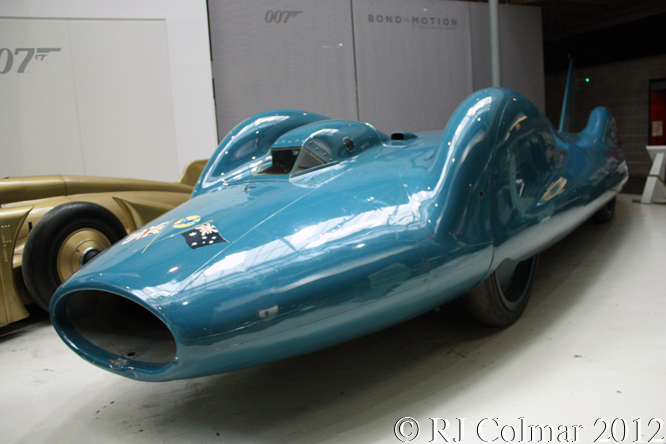
Donald’s first attempts to break the World Land Speed record at Bonneville in 1960 ended with an accident in which he suffered a fractured lower skull and a broken ear drum.
While recuperating Donald learned to fly and rebuilt CN7 for a Land Speed Record Attempt in 1963.
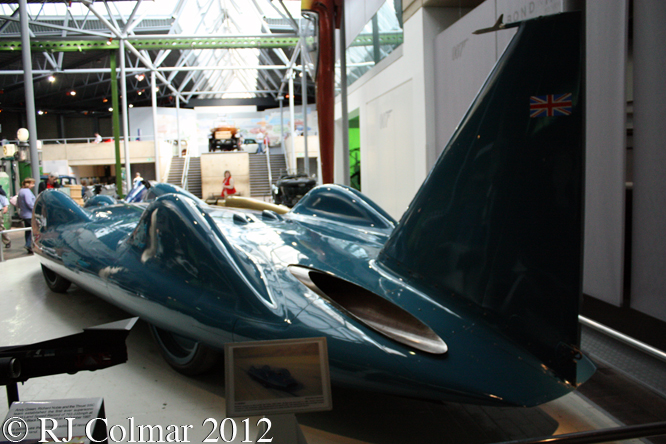
Lake Eyre in Australia was chosen not only because more space was available by also because it had not rained there for 20 years… until Donald and CN7 turned up.
In 1964 Donald returned to Lake Eyre and without a properly dried out salt surface managed to raise the World Land Speed Record to a disappointing 403 mph, nearly 100 miles an hour short of his target.
On the 31st of December 1964 Donald became the first man to set World Speed Records on Land and Water in the same year when he set his final new record aboard K7 of 276 mph on Lake Dumbkeyung also in Australia.
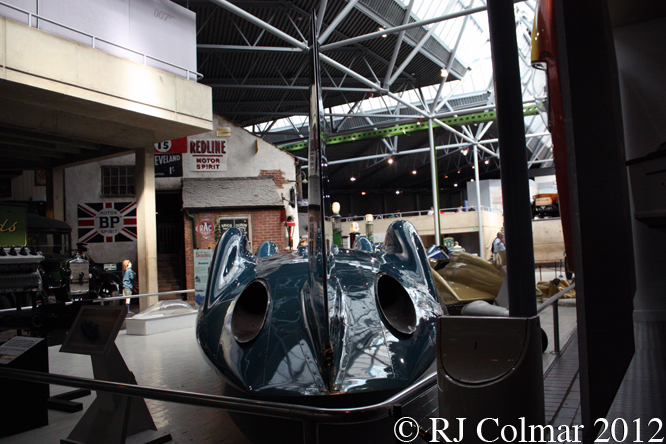
The regulations for land speed records were relaxed to allow thrust powered vehicles without driven wheels shortly after Donald set his record in the four wheel drive CN7.
The Norris brothers were envisaging rocket propulsion for a new Bluebird Mach 1.1 vehicle when Donald was killed aboard K7 on Coniston Water in England while he was trying to raise the World Water Speed record on January 4th 1967.
Bluebird Proteus CN7 is seen in these photographs at the National Motor Museum, Beaulieu where it is usually to be found when not out on loan.
Thanks for joining me on this “Four Independently Sprung Tons” edition of “Gettin’ a li’l psycho on tyres” I hope you will join me again tomorrow when I’ll be looking at another Triumph Rally car. Don’t forget to come back now !


